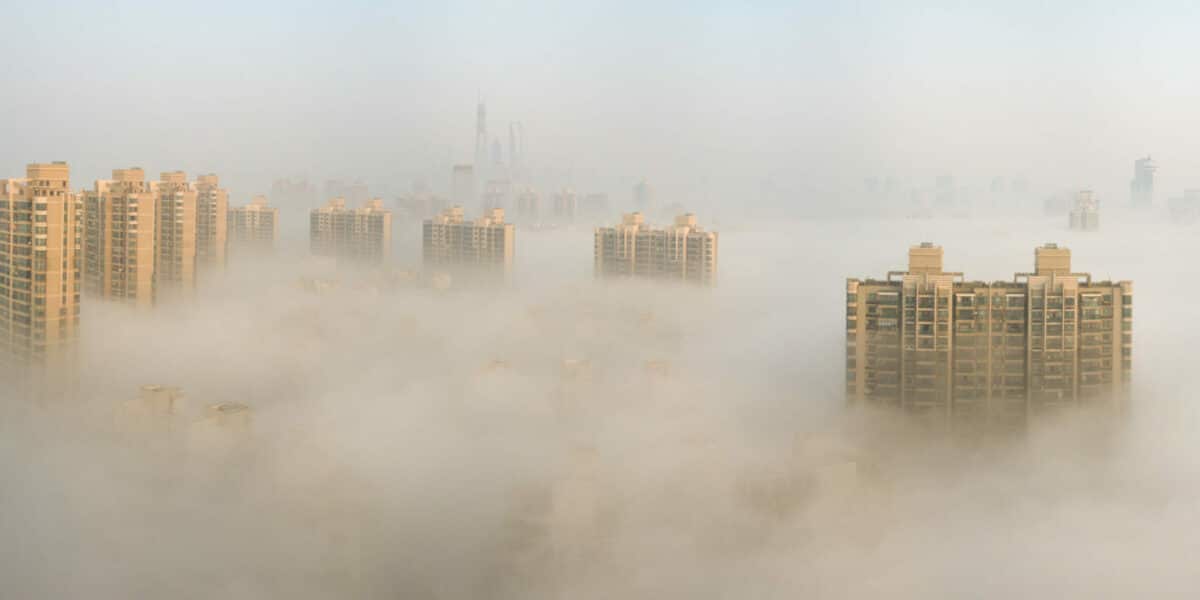Led by New York’s Global Alliance on Health and Pollution, research showed that approximately 75 per cent of pollution-related deaths are caused by industrial processes and city expansion, which emanates through the air.
This increased deaths by up to seven per cent between 2015 to 2019.
The purpose of the study was to separate “traditional” (e.g. indoor smoke and wastewater) from modern pollutants and found that deaths from pollution in developing countries were dropping.
Countries such as Nigeria and Ethiopia were able to successfully implement programs targeting reduction of indoor air pollution, and have seen deaths cut by nearly two-thirds since 2000, the study showed.
Chad, the Central African Republic and Niger had the highest number of pollution-related deaths.
Alarmingly, the governing body’s data showed that 99 per cent of Earth’s population breathes air that exceeds WHO guideline limits and also contains high levels of pollutants.
Another study attributed 11.65% of global deaths to air pollution.

“Nine million deaths is a lot of deaths,” he said.
“The bad news is that it’s not decreasing.
“We’re making gains in the easy stuff and we’re seeing the more difficult stuff, which is the air pollution and chemical pollution, still going up.”
The World Health Organization (WHO) said the main causes of air pollution are motor vehicles, household combustion devices, industrial burning and forest fires.
The study makes numerous suggestions to reduce pollution, and to preeminently stop the large number of deaths.
This includes more accurate recording methods, more accountability and sanctions being imposed on companies or areas that flagrantly flout the WHO’s guidelines, and stronger local government legislations on reducing the air pollutant emissions.






